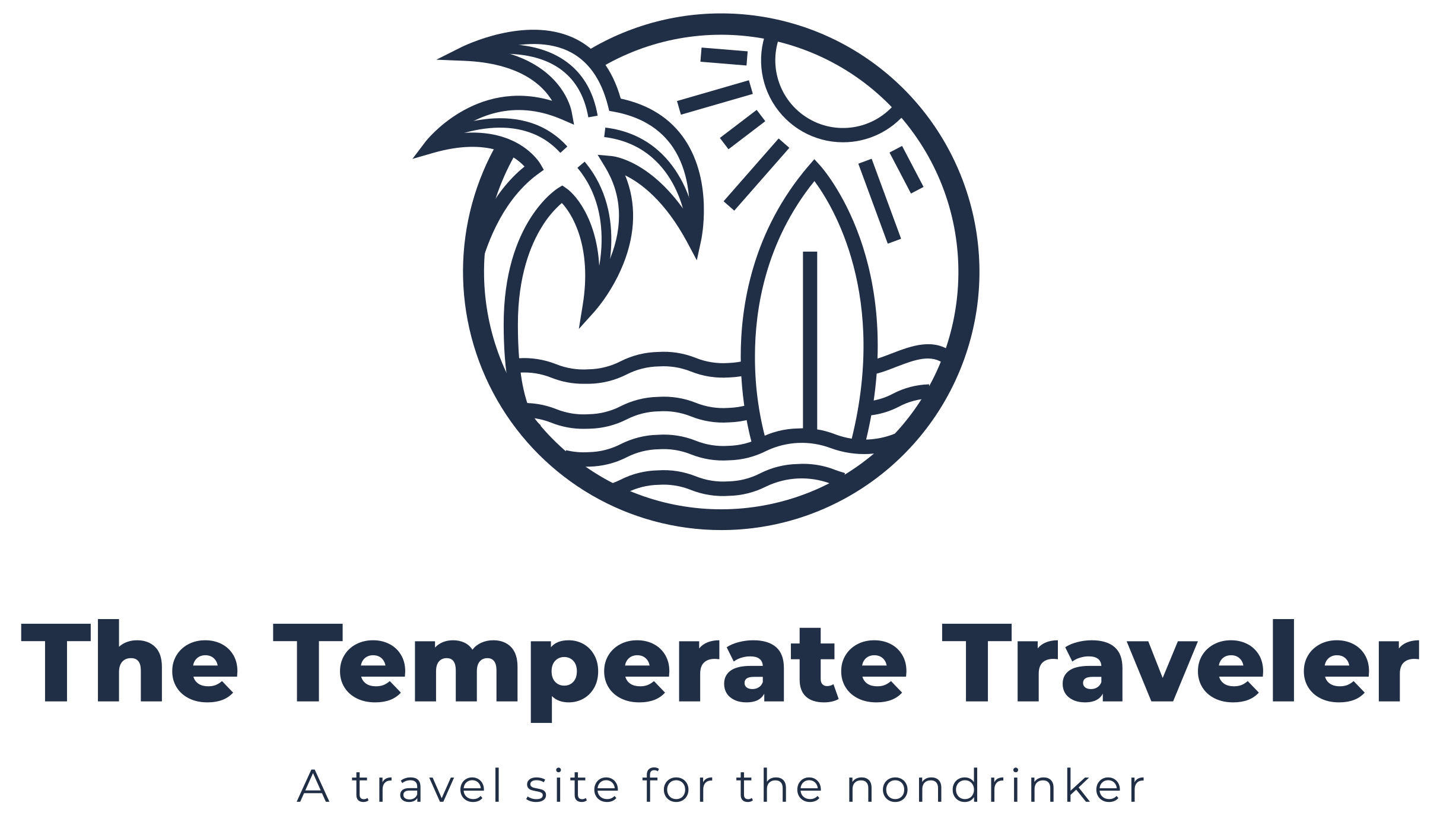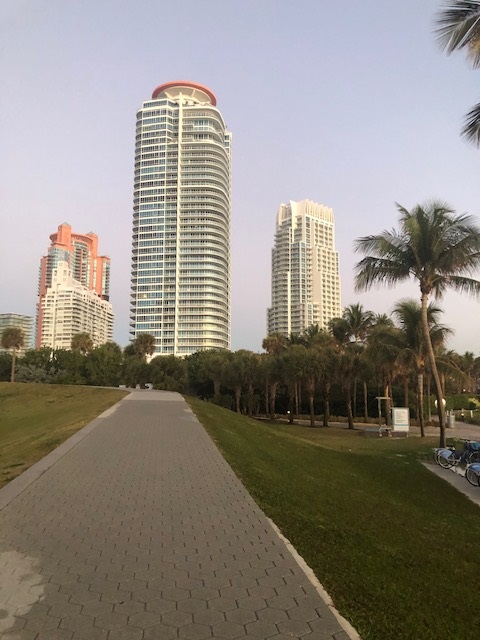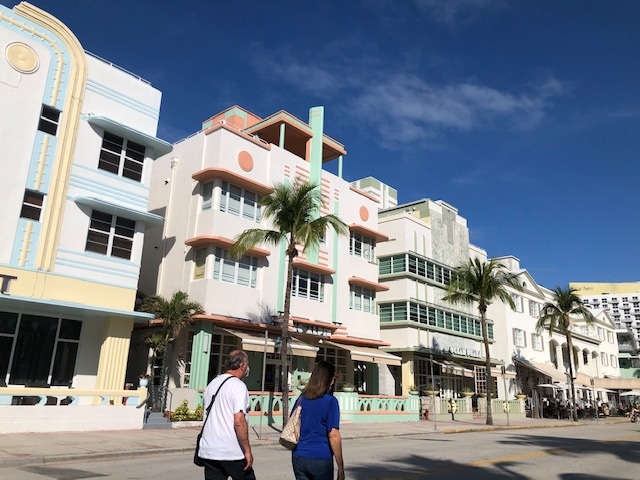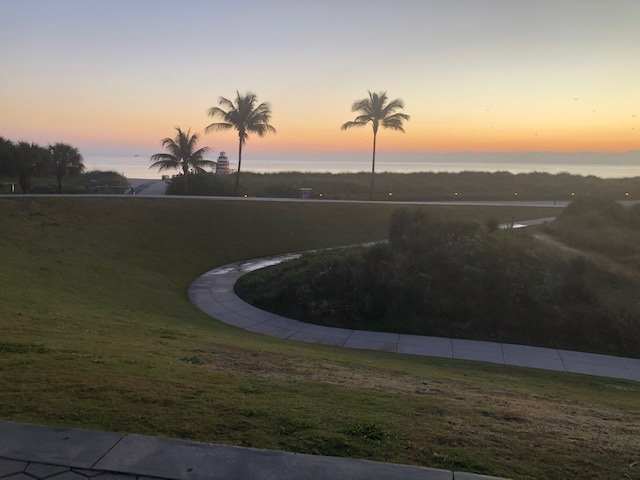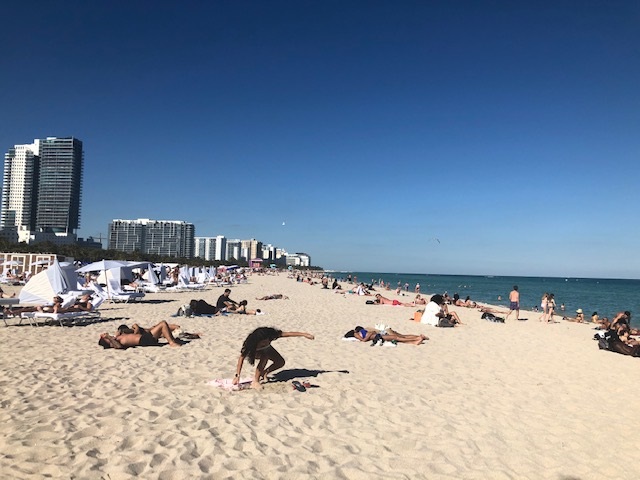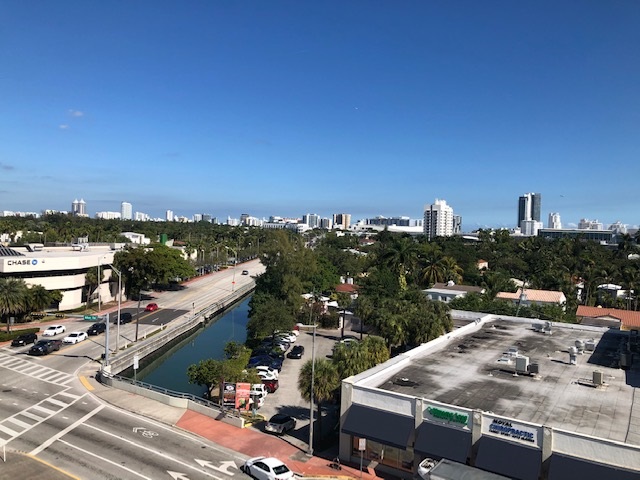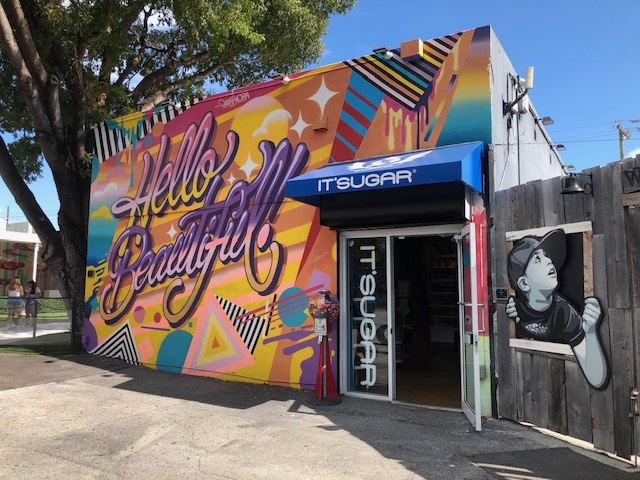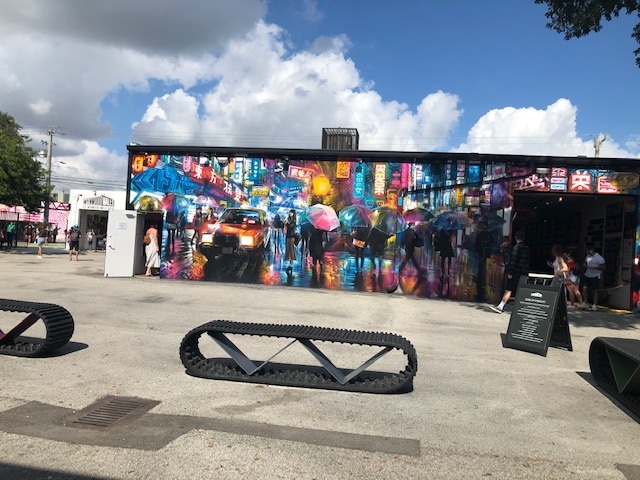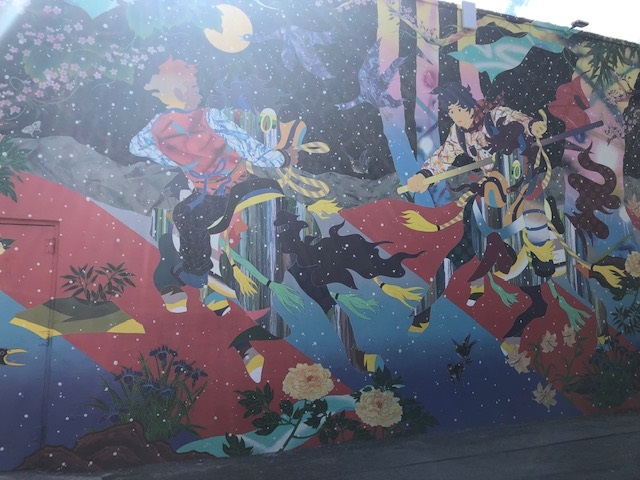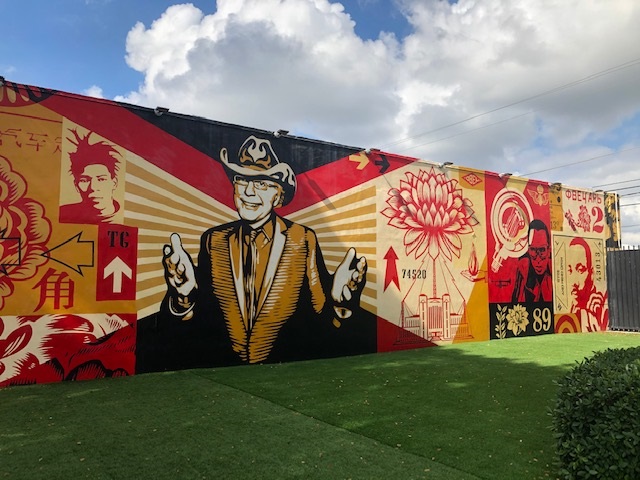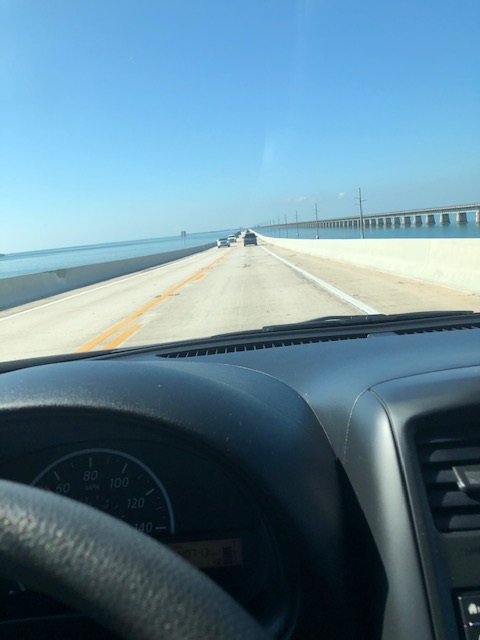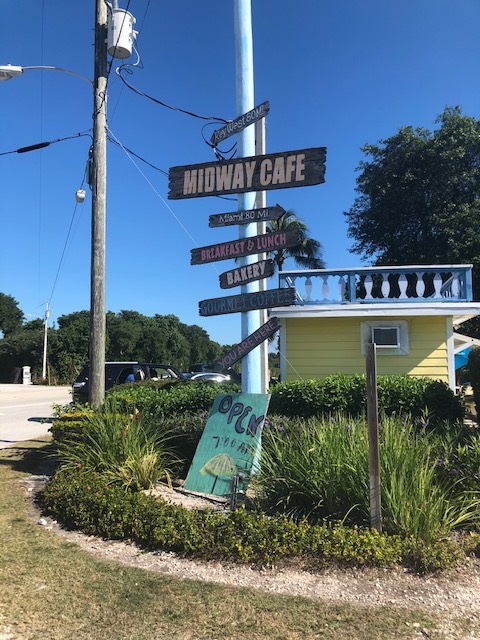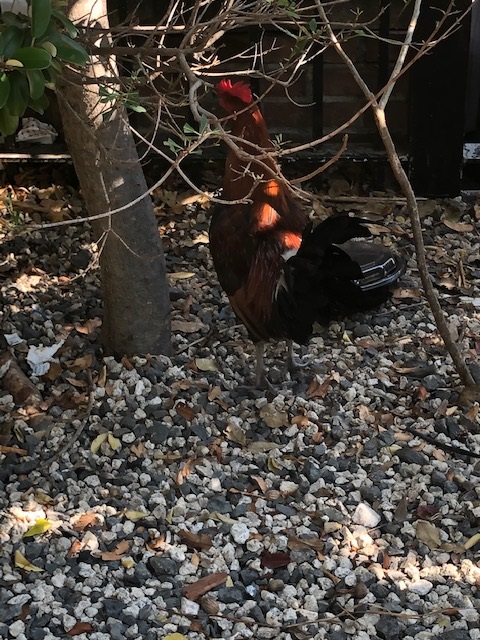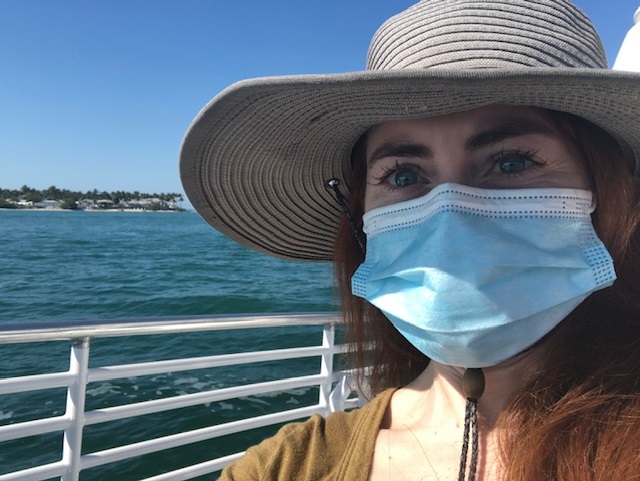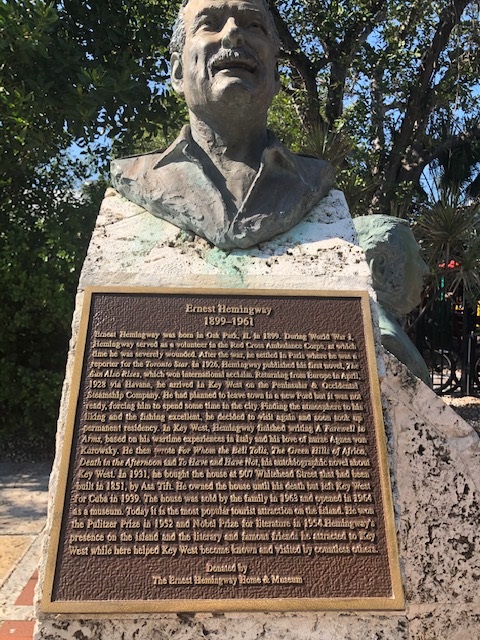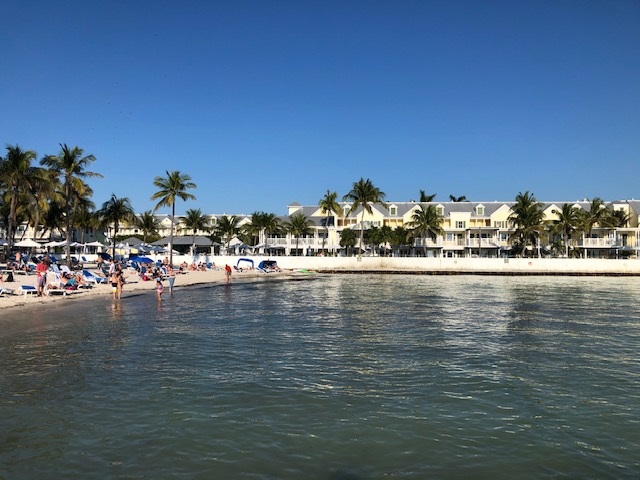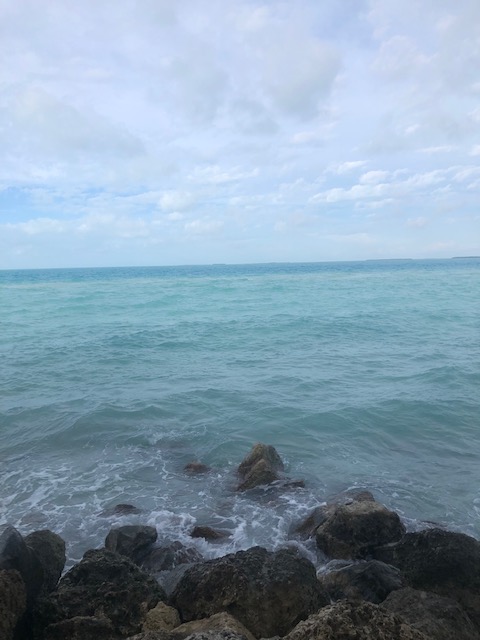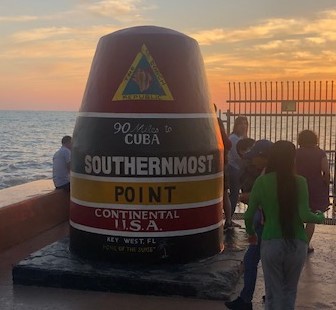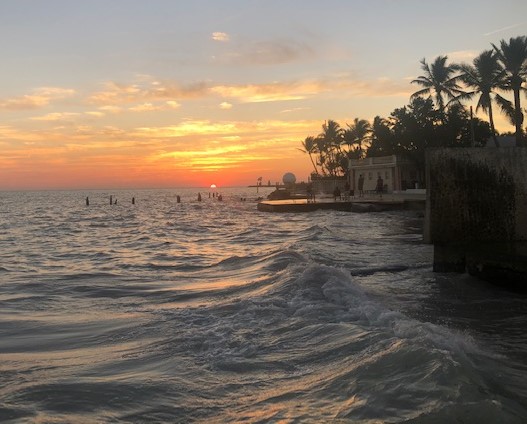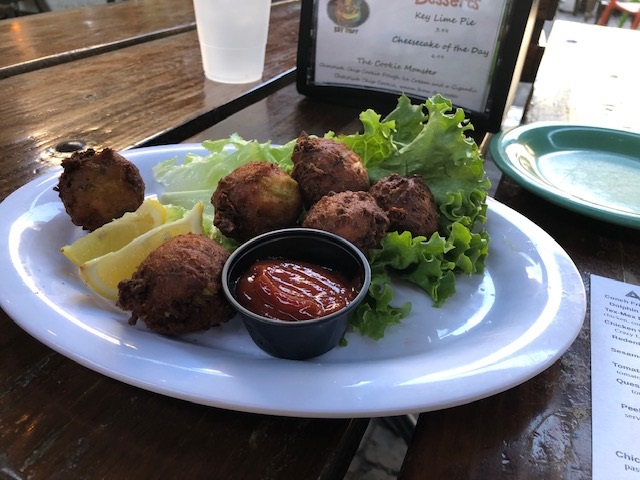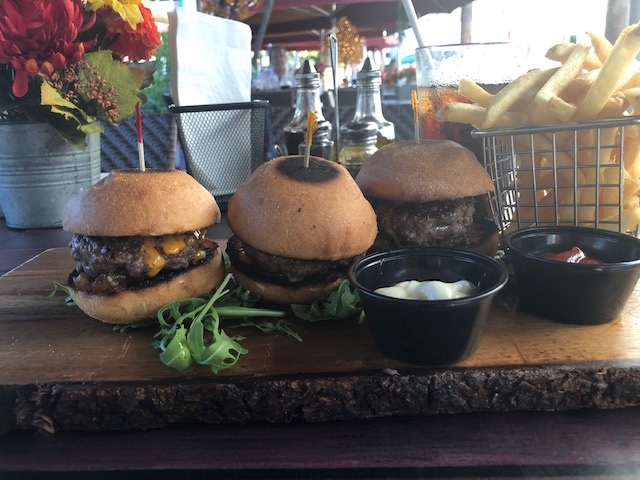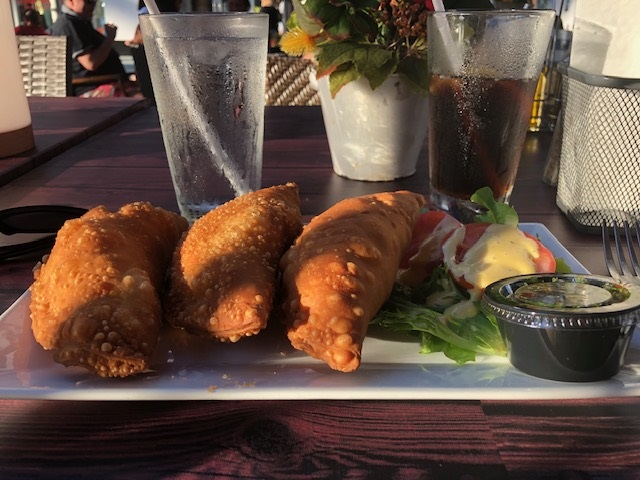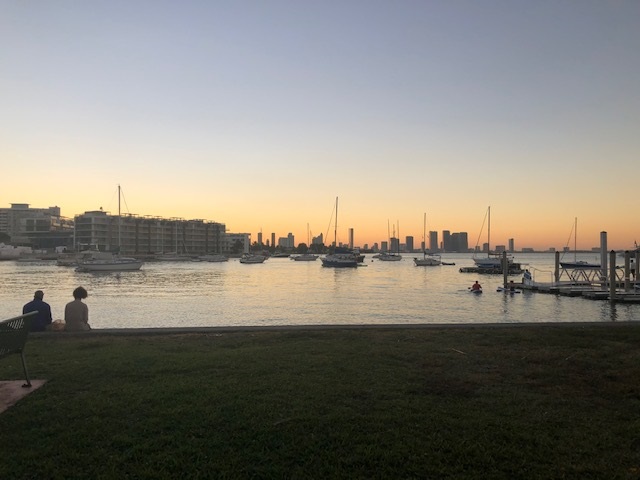
If you are looking for a quick winter getaway to warmer climes, the easternmost Caribbean island of Barbados is ideal: Many major airports in the US offer direct flights, English is widely spoken and American dollars are accepted. Situated close to St. Lucia and Grenada, you are guaranteed tropical, breezy weather and a large dose of sunshine. The citizens of Barbados, colloquially known as Bajans (pronounced like “Asian”, but with a B in front) are incredibly friendly and hospitable. And the food is amazing, featuring a mix of fresh seafood and traditional Bajan culinary delights like macaroni pie, fish cakes and fried plantains.
The 21-mile-long sovereign country is a former British colony with the highest standard of living in the West Indies. This means you will pay out the nose for lodging, transportation and food. However, you also won’t be smacked in the face with abject poverty the minute you step foot off the resort, like you would in other popular Caribbean islands. Because of the strong economy and less stratified society, you get to experience more of the true Barbadian life as a traveler because the citizens are not relegated to slums and favelas on the outskirts of the touristy areas. The Barbadians themselves are enjoying the same delicious restaurants, fun attractions and beautiful beaches as you are. There is something refreshing in that.

While Barbados has been known for its rum since the days of the real Pirates of the Caribbean, the laid-back vibe of the island means that alcohol isn’t really in your face unless you go looking for it. There is plenty of fun to be had on the island for sober travelers. Read on to learn about the activities and relaxation in store for you during your sober trip to Barbados.
Planning a Sober Trip to Barbados





Flights: You can find direct flights from most major airports in the United States, especially during high season. We flew out of Newark Airport, which seems to the direct flight capital of the country. While we live equidistant to both the Newark and Philadelphia airports, we have only found direct flights to places like Dubrovnik, Tenerife, and Tokyo out of Newark. Anyway, a flight to Barbados from most places in the US will set you back about $500 for an Economy ticket.
Travel tip: To avoid standing around in a long line when you arrive, download and fill out the online customs form within 72 hours of your arrival. No other passengers knew about the form and so we all waited 30-45 minutes standing in a line just to fill out the form, and then another 20 minutes to get through customs.
Accommodations: Being so close to the Equator, there isn’t much variety as far as climate, but there is a dry season (winter) and a rainy season (summer, fall). Hurricanes usually pass this island by, but it’s best to avoid hurricane season anyway due to sloppy weather. Winter is high season in Barbados, which means that the reasonably-priced rooms at the nice resorts and hotels get snapped up early, and Airbnbs are relatively scarce. When planning a vacation, I am used to having my pick of high-quality, high-value accommodations (even last minute) but this is not the case with Barbados. So book early!
Getting Around in Barbados
Renting a car in Barbados is treacherous, especially if you are accustomed to driving on the right-hand side of the road. Roads are narrow, potholes are plentiful, and they love their opposite-side round-abouts. We chose not to deal with the headache of renting a car in a foreign country and instead relied on taxis to get around–more on that in a minute. Where we stayed in St. Lawrence Gap was also within walking distance to several beaches and an array of restaurants, and the tours we took provided transportation. There are three main ways to get around in Barbados if you don’t rent a car:
Taxi: If you are staying in a hotel, staff typically can call a taxi for you. While Uber and Lyft have not yet infiltrated the island, there is an Uber-like app called Pick-up Barbados, which allows you to call a taxi from your phone anywhere on the island. We used this app frequently, and Tim used it to get to various surf breaks with his board. It was super convenient, although not quite as flawless as using the “real” Uber or Lyft. For instance, you couldn’t always tell how far away the taxi was from where you were located, or how long it would take to get to a particular spot. But to get from Point A to Point B in high-traffic areas, it worked really well. You also have the option to call a van, which helps with larger groups or when traveling with a surfboard.

Z Car: Almost as terrifying as driving but might be fun for the more adventurous traveler, these small buses are marked with a brown stripe and speed up and down the main thoroughfares packed with humans, all while blasting loud music. They do, however, get you to where you need to go for a cheap price.
Bus: The bus network is the main form of public transportation for the country, and generally covers most of the island, aside from the more rural central parishes. A one-way journey costs $3.50 in Barbadian dollars ($1.75 US). The vehicles themselves are electric and modern and are an affordable mode of transportation. However, like most public transportation, you will need to allot a more generous travel time budget than if you took a taxi.
Where to Stay in Barbados
The entire island is only 166 square miles (for comparison, New York City is 469 square miles), so no matter where you stay, you will be able to access other parishes on the island. That being said, driving 4-5 miles in most parts of the island will take you at least 25 minutes, so you’ll want to be strategic about where you book your hotel. Here is the scoop on the three most popular areas:
South Coast and West Coast


This is the most “touristy” area, but also the most convenient. We used Booking.com to secure our reservation at the Yellow Bird Hotel, a boutique accommodation perched at the entrance of St. Lawrence Gap in Christ Church. It had killer views from the balcony and was located within walking distance of several beaches, restaurants and surf breaks. This area also features several well-regarded resorts including Bouganvillea Barbados and Sandals Barbados. St. Lawrence Gap is considered the place to go for nightlife, although the Yellow Bird is somewhat removed from the action.


The South includes Miami Beach (not that one) and Oistins, home to the famous Oistins Fish Fry that takes place every Friday evening. The Southwest end of the island also features a small boardwalk on Rockley Beach, and further North is the colossal Hilton resort wrapped around Carlisle Bay.
Holetown and Speightstown
On the West Coast, Holetown and Speightstown offer historical intrigue and colonial-era architecture, having been established around the time the island was colonized. Holetown has spots for higher-end shopping, such as the Lime Grove Lifestyle Center, as well as the multi-million-dollar homes of several celebrities, including Barbados’ own Rihanna Fenty. Further North, the former British sugar port of Speightstown provides a wealth of history as well as shopping and dining options, but with a laid-back vibe. This area is also ideal for swimming, as the waves are warm and gentle, protected from the whipping winds of the Atlantic.
Bathsheba/East Coast

The Eastern side of the island is far removed from the hustle and bustle of the South and Southeast ends. There are a few small towns dotted along the coast, including Bathsheba, but it is generally a place where people come to get away from it all. This side of the island is the most mountainous, offering incredible views from many of the local accommodations and hotels. While it is great for surfing, the Atlantic winds and strong currents make it less than ideal for swimming and snorkeling.
Where to Eat in Barbados


You will eat very well in Barbados. From street food from food stands at the Oistins Fish Fry to upscale dining with a view at Primo, there is no lack of options to choose from.




Here are a few of the restaurants we dined at:
Happy Days Cafe: Nestled in the chattel house village in St. Lawrence Gap, Happy Days serves up some of the best breakfast in the area, featuring both traditional Bajan dishes like grilled tomatoes and beans but also pancakes, French toast and eggs. I had their blueberry pancakes, which were light and fluffy, with a sweet burst of fruit in every bite.
Primo: Also in St. Lawrence Gap with seaside dining, Primo Bar & Bistro offers a variety of delicious apps and entrees to go along with the stunning views. Tim enjoyed the Primo burger while I had the chicken roulade, and shared the Primo buns–basically bao buns, which were on the menu of several of the restaurants we dined at.
Tapas: On the Richard Haynes Boardwalk with an ocean view from virtually every table, Tapas is an upscale eatery with a menu featuring seafood, pasta and of course, small plates. The lamb rigatoni was tasty, and their desserts were the best we had on the entire trip–and we ate dessert every night. Try the fried banana with ice cream, it will be a party in your mouth!
One thing to note: be cautious of certain foods and treats, like black cake, that might have rum in the ingredients or sauce. That could spell trouble for any sober traveler who isn’t careful. Plus, that alcohol-soaked food probably tastes gross. A terrible way to relapse, in my opinion.
Fun Sober Things to Do in Barbados
While I did a fair amount of lounging by the pool during our trip to Barbados, I did block out some time to explore the island, as well as go snorkeling. As usual, I booked tours to accomplish this. It’s preferable to wasting time trying to figure out where to find the landmarks and attractions, getting lost and frustrated, and putting a damper on my vacation. The best tours for the best prices typically can be found on Viator.




Since we did not rent a car, I paid for a daylong excursion to ensure I hit all of the points of interest on the island. I used Viator to book the 360-Degrees Tour in Barbados with Pickup, hosted by SunTours Barbados. Our Bajan tour guide shared a vast amount of knowledge with the group about the island’s history, culture and geography as we puttered around the island on a bus. Animal Flower Cave was an impressive row of cliffs hugging the rural Atlantic coast, as white-capped waves crashed violently against the bulwarks. We spent some time at Bathsheba, a sleepy surf village sloping down to the beach, with mushroom rocks jutting out of the water. My favorite stop was St. John’s Parish Church. Each parish (or county) has its own central church, in addition to neighborhood churches that locals might attend out of convenience. St. John’s Parish Church was built in its current iteration in 1836, out of stone and wood. While the church itself is beautiful, what pulled me in was the quiet, mossy graveyard overlooking the mountains and ocean below. It was striking, yet peaceful.
Snorkeling: On Carlisle Bay, there are several tour companies that offer hour-long snorkeling excursions to see turtles as well as a shipwreck that is home to a vast array of colorful fish and fauna. Our tour operator was Beautiful Barbados, which also offered us transportation to and from our hotel. The crew and guide were playful and quirky, adding to the entertainment. There was also a water slide, which I took full advantage of.
Beaching: Barbados has a TON of gorgeous beaches with pillowy sand and shimmering water that are generally not crowded. I hit a few spots including Maxwell Beach and Worthing Beach where I plopped under a palm tree for a few hours, gazing at the waves lapping onshore, the water sparkling like the Crown Jewels of England.
Oistins Fish Fry





Every Friday night in the seaside town of Oistins in Christ Church, hundreds of locals and tourists gather for the Oistins Fish Fry. It’s an experience, for sure. Be ready for boisterous music, lively performers and throngs of people. Dozens of vendors serve up cheap Bajan food from stalls lined up in rows around the venue, which is adjacent to the beach. If you go early, around 6pm, you can avoid the lines that tend to form later in the evening and might even catch a sunset.
Running in Barbados



Running is not the easiest activity in Barbados, but you can make it work. There are no running trails to speak of, and the boardwalks are only a mile or so long. The various beaches are not connected, and sidewalks are kind of sketchy, so you are running in fits and starts. Plus, the sun is relentless the minute it peeks above the horizon in the morning. But you can manage a decent run if you map your route beforehand, head out early, and pace yourself.
Surfing in Barbados
Surfing is most fun on the South and Southwest Coasts. The water is warm (around 80 degrees), the breaks are consistent, and the crowds are not intense. While Bathsheba on the East Coast boasts the Soup Bowl, a break that is a favorite of Kelly Slater, the waves were trash when we were there, even as a pro surfing event was taking place. During our four-day trip, Tim surfed Brand’s End and Freights Bay in the South end of the island and had amazing sessions every day.


There are several highly rated surf shops in the South of the island that offer a wide selection of boards, with staff who are familiar with the best local breaks and surf conditions. Dread or Dead Surf School in Bridgetown is in close proximity to the Richard Haynes Boardwalk and Rockley Beach, which is where Tim went for his board rental. There is also Barry’s Surf School on Dover Beach, located at the end of St. Lawrence Gap, not far from several of the best breaks such as Freights and South Point.
Recovery Meetings in Barbados
Lucky for our English-speaking readers, virtually all of the 12-step meetings in Barbados are in our native tongue, so you have your pick. Here are the guides to AA meetings in Barbados and NA Meetings in Barbados. Most of them are located in the Southern part of the commonwealth, but all are fairly easy to get to given the size of the island and accessibility of public transport.
If you are interested in more sun, sand and surf, check out my sober destination guides to Puerto Vallarta and San Diego!
